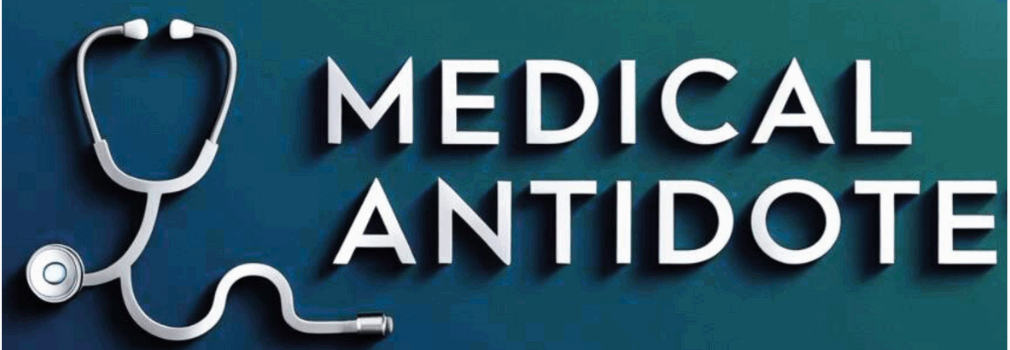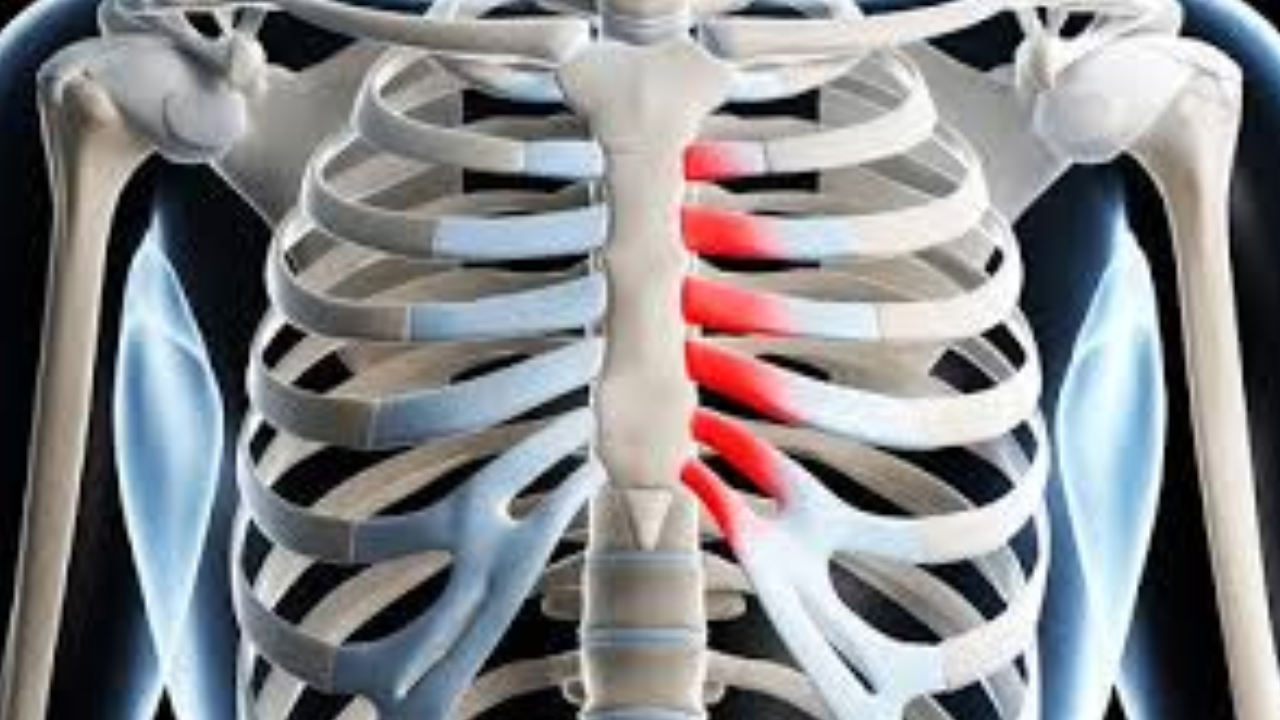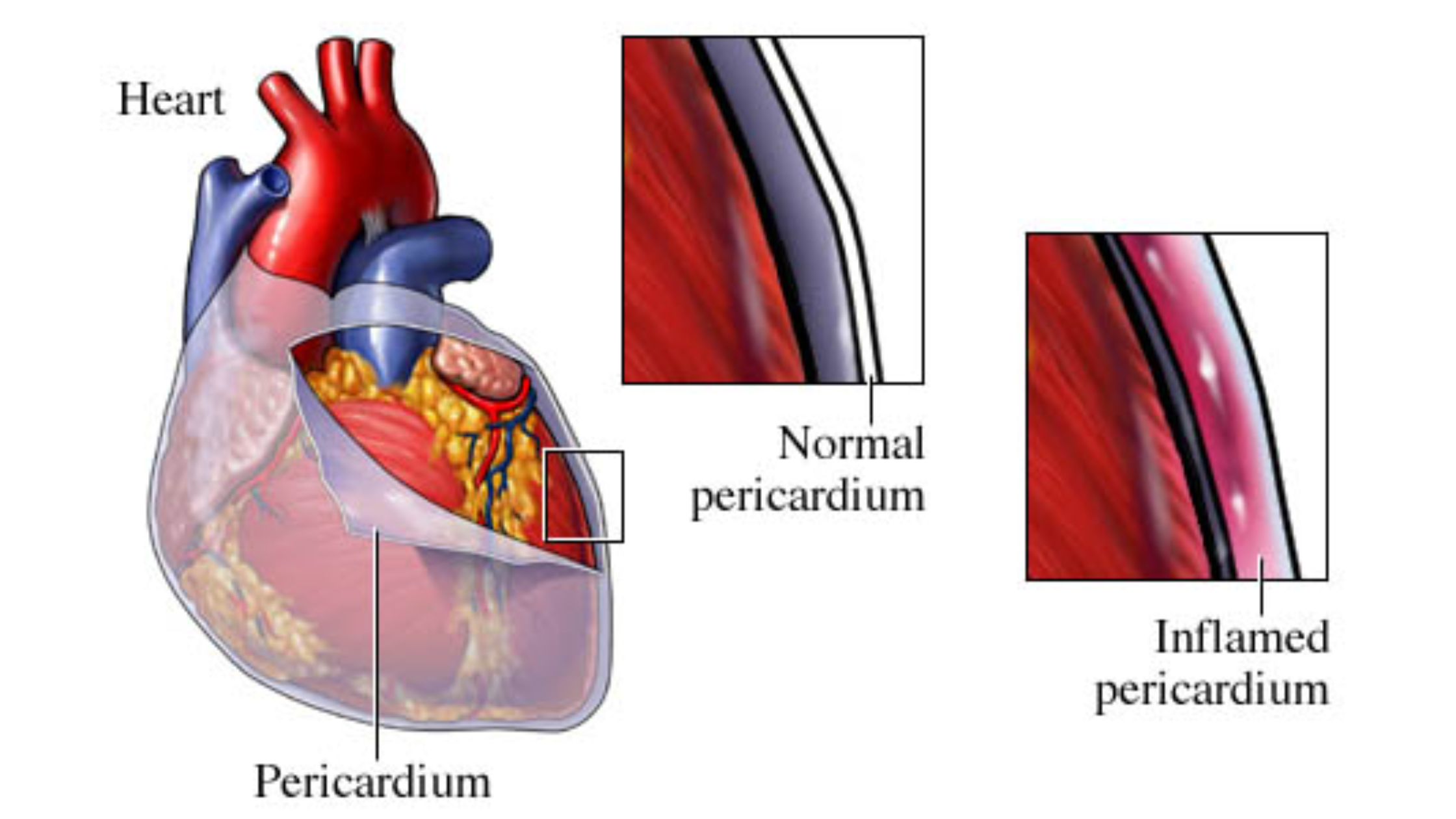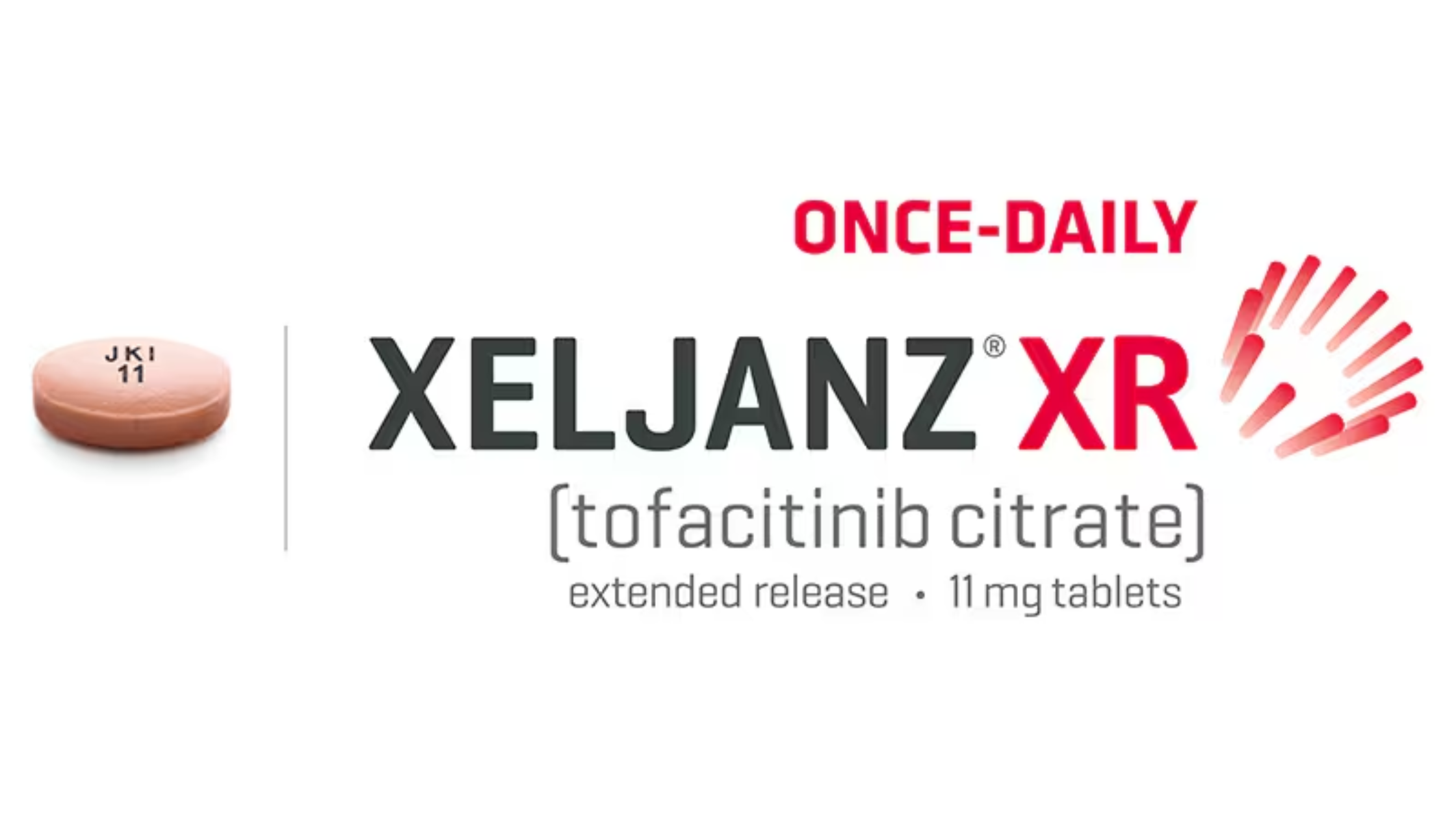Last updated on March 3rd, 2025 at 12:20 pm
What Is Costochondritis?
Costochondritis is the inflammation of the cartilage that connects your ribs to the breastbone (sternum). The most ironic part is it causes sharp chest pain, you will mistake it for heart-related issues, but it is generally harmless and resolves on its own.
If you’re experiencing chest pain and searching for “Costochondritis Symptoms,” this guide will provide a complete breakthrough on what to look for, how it’s diagnosed, and possible treatments.
Symptoms of Costochondritis in Chest
1. Chest Pain (as the Main Symptom)
The primary symptom of costochondritis is chest pain that:
✔ Feels sharp, aching, or pressure-like
✔ Worsens with movement, deep breathing, or coughing
✔ Is localized to the left side of the chest (costochondritis symptoms on left side)
✔ Feels tender when pressing on the affected ribs
2. Pain That Worsens with Activity
Certain activities may trigger or worsen costochondritis pain(Do not mistake it for exertional angina), including:
- Physical exertion (lifting, stretching, or heavy breathing)
- Poor posture or prolonged sitting
- Sleeping in an awkward position
3. Tenderness Over the Affected Area
Pressing on the affected rib joints (costosternal junctions) often causes increased pain and tenderness, which helps differentiate costochondritis from heart-related conditions.
4. Pain That Radiates
In some cases, the pain may spread to the back, shoulders(See shoulder pain when crossing arms), or arms, making it difficult to distinguish from cardiac-related pain. However, costochondritis pain does not usually come with other heart attack symptoms like shortness of breath, dizziness, or nausea.
5. What is the Difference of Costochondritis and Heart-Related Chest Pain?
Unlike a heart attack or lung conditions, costochondritis does not typically cause:
- Shortness of breath
- Fever or chills
- Dizziness or fainting
- Nausea or sweating
However, if you experience chest pain with any of these symptoms, seek immediate medical attention to rule out a more serious condition.
Causes of Costochondritis
The exact cause of costochondritis is often unknown, but it can be triggered by:
🔹 Repetitive Strain – Overuse from activities like heavy lifting, exercise, or frequent coughing
🔹 Injury or Trauma – Direct impact to the chest, such as from a car accident or sports injury
🔹 Viral or Bacterial Infections – Inflammation caused by respiratory infections or post-viral effects
🔹 Arthritis or Joint Conditions – Rheumatoid arthritis, osteoarthritis, or fibromyalgia can contribute to costochondritis
🔹 Poor Posture – Sitting for long periods in a hunched position can strain the rib cage
How Is Costochondritis Diagnosed?
Your doctor will diagnose costochondritis primarily through:
1️⃣ Physical Examination – Pressing on the rib joints to check for tenderness and pain response
2️⃣ Medical History – Discussing recent illnesses, injuries, or physical activities
3️⃣ Ruling Out Other Conditions – Tests such as:
- ECG (Electrocardiogram) – To rule out heart problems
- Chest X-ray – To check for lung issues or fractures
- Blood Tests – To identify infections or inflammatory conditions
Treatment and Management of Costochondritis
1. Pain Relief
- Over-the-Counter Pain Medications: Ibuprofen (Advil), Naproxen (Aleve), or Acetaminophen (Tylenol)
- Topical Pain Relievers: Creams or gels containing menthol or capsaicin
- Cold and Heat Therapy: Ice packs reduce swelling, while heat pads relax the muscles
2. Activity Modification
- Avoid heavy lifting or strenuous exercise until symptoms improve
- Practice good posture to reduce strain on the chest area
- Gentle stretching or physical therapy may help
3. Medical Treatments (For Severe Cases)
If symptoms persist, a doctor may recommend:
- Prescription anti-inflammatory medications
- Steroid injections in severe cases
- Physical therapy to strengthen your chest and back muscles
4. Lifestyle Adjustments
- Reduce stress, as anxiety can worsen chest pain
- Practice deep breathing exercises to ease discomfort
- Maintain a healthy weight to reduce strain on the chest
When to See Your Doctor
- Seek immediate medical attention if your chest pain:
- Spreads to your jaw, neck, or arm
- Feels like pressure or tightness (possible heart attack symptom)
- Comes with dizziness, shortness of breath, or nausea
- Is severe and does not improve with rest
Costochondritis is a common cause of chest pain that is usually harmless and self-limiting. The key symptoms include localized chest pain, tenderness, and pain that worsens with movement or deep breathing. While Costochondritis often improves with rest and pain relievers, persistent or severe symptoms should be evaluated by a doctor to rule out more serious causes.
If you’re experiencing chest pain, always err on the side of caution and consult a healthcare professional.
Would you like more tips on managing costochondritis or related conditions? Let me know at info@medicalantidote.com




